For more than a decade, Tesla has been the benchmark in the electric vehicle market. From the moment the Model S appeared with performance and range that no other automaker could touch, Tesla set a pace that seemed impossible to match. It pushed the industry forward, forced legacy manufacturers to invest billions in EV technology, and built a loyal following that treated the brand more like a tech company than a carmaker. But now, in 2025, things look different. The question is not just whether Tesla is setting the bar too high for others—it is whether others are catching up and, in some areas, surpassing it.
Tesla’s Early Dominance
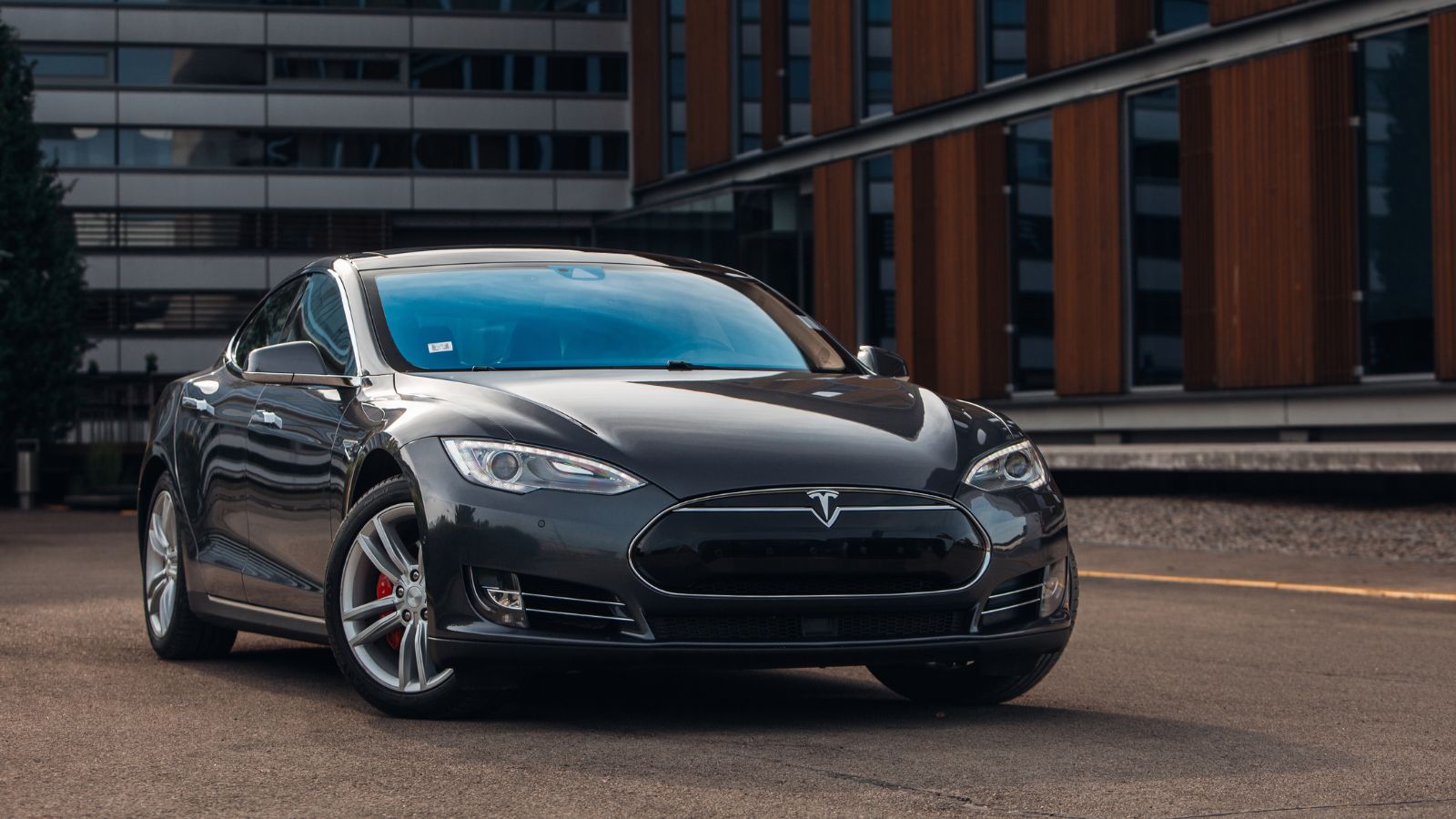
Tesla’s rise was meteoric. The Roadster showed the world that electric cars could be fun, and the Model S proved they could be desirable. By the time the Model 3 arrived, Tesla had nailed the formula of long range, fast charging, and sleek design. The Supercharger network gave it an infrastructure advantage that made range anxiety far less of a problem. Over the air updates set it apart as a brand constantly improving its vehicles without the need for service centers. At the time, no other manufacturer could offer this combination. Tesla wasn’t competing—it was leading from miles ahead.
Hyundai and Kia: The Design and Tech Challengers
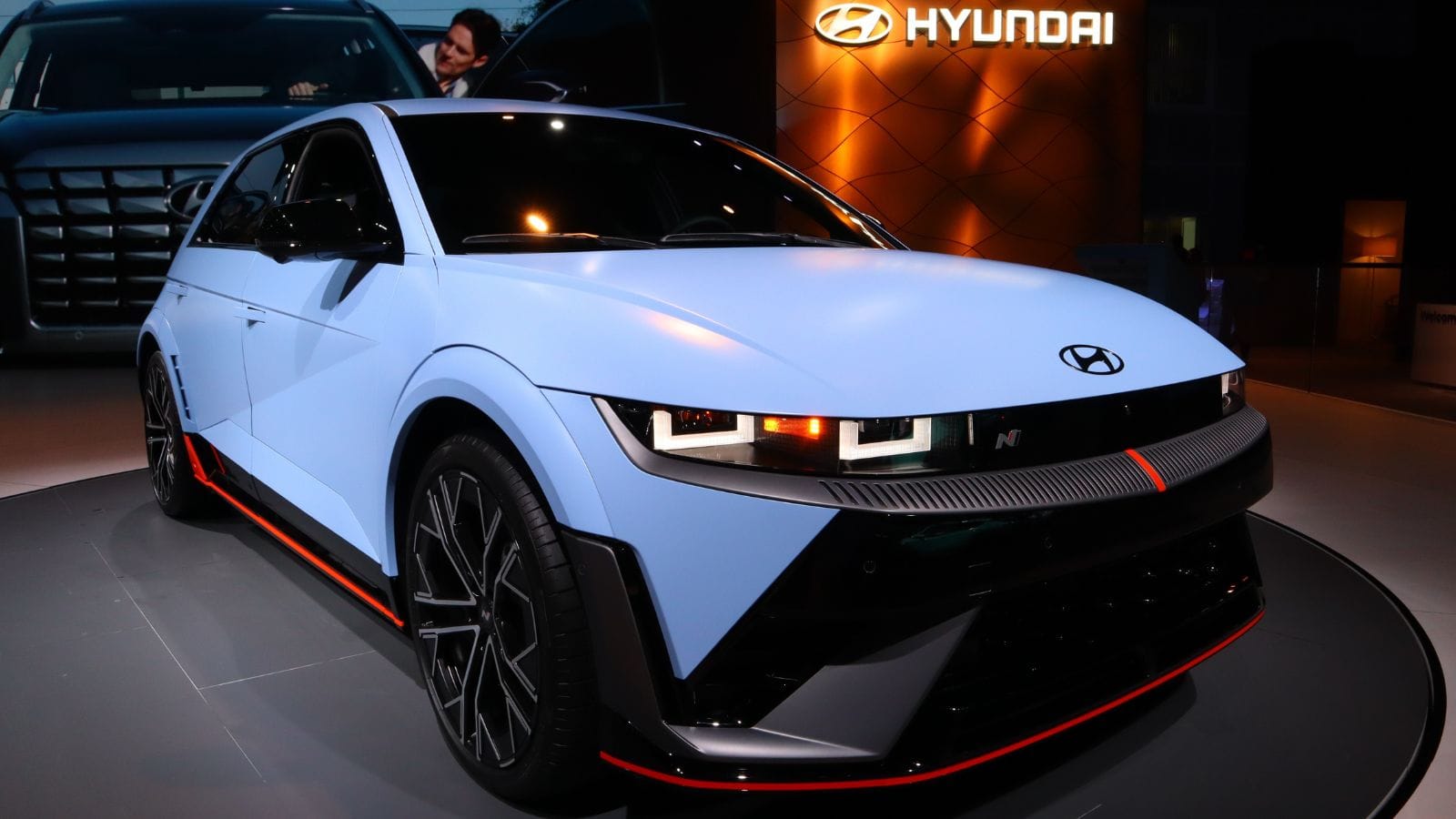
Hyundai and Kia have emerged as some of Tesla’s fiercest competitors. The Hyundai Ioniq 5 and Kia EV6 proved that EVs could be stylish, practical, and packed with tech while being priced competitively. Their ultra fast 800 volt charging architecture allows them to recharge from 10 to 80 percent in as little as 18 minutes—something Tesla cannot match on its current vehicles. Interior design is another area where these brands shine, offering spacious cabins with high quality materials and futuristic dashboards. For many buyers, the Hyundai and Kia EVs feel fresher and more advanced than Tesla’s aging lineup.
Ford: Beating Tesla at Its Own Game in Pickups
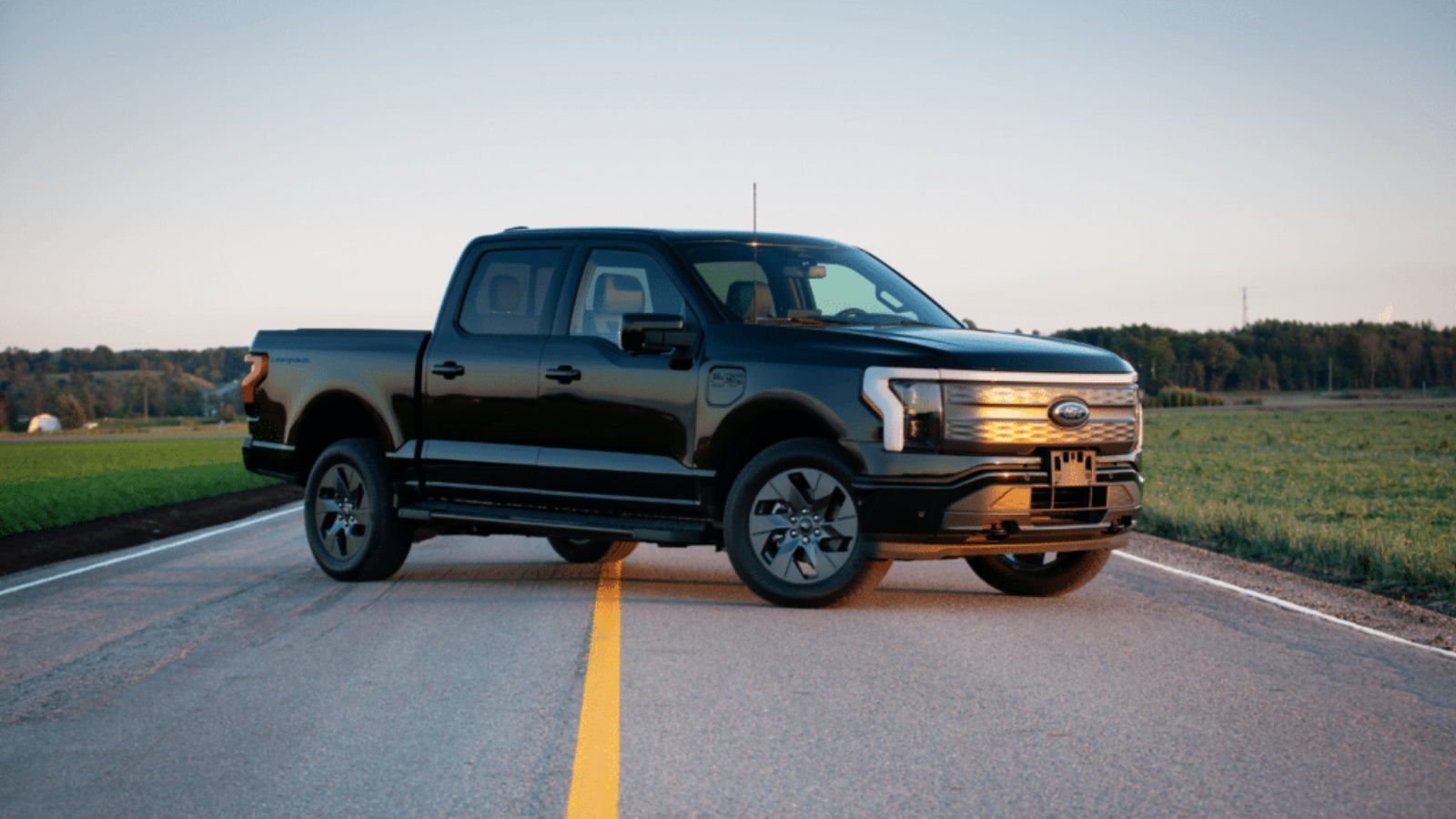
Tesla promised the Cybertruck years ago, but Ford beat it to the punch with the F 150 Lightning. By leveraging the best selling truck in North America and giving it electric power, Ford created an EV that resonated with traditional truck buyers in a way Tesla struggled to. The Lightning offers clever features like a massive frunk, onboard power outlets, and towing ability that meets real world needs. While the Cybertruck finally reached customers, Ford had already proven that a legacy automaker could build a practical and desirable electric truck. For many Canadian and American buyers, the Lightning feels like the more realistic choice.
Mercedes and BMW: Raising the Luxury Standard
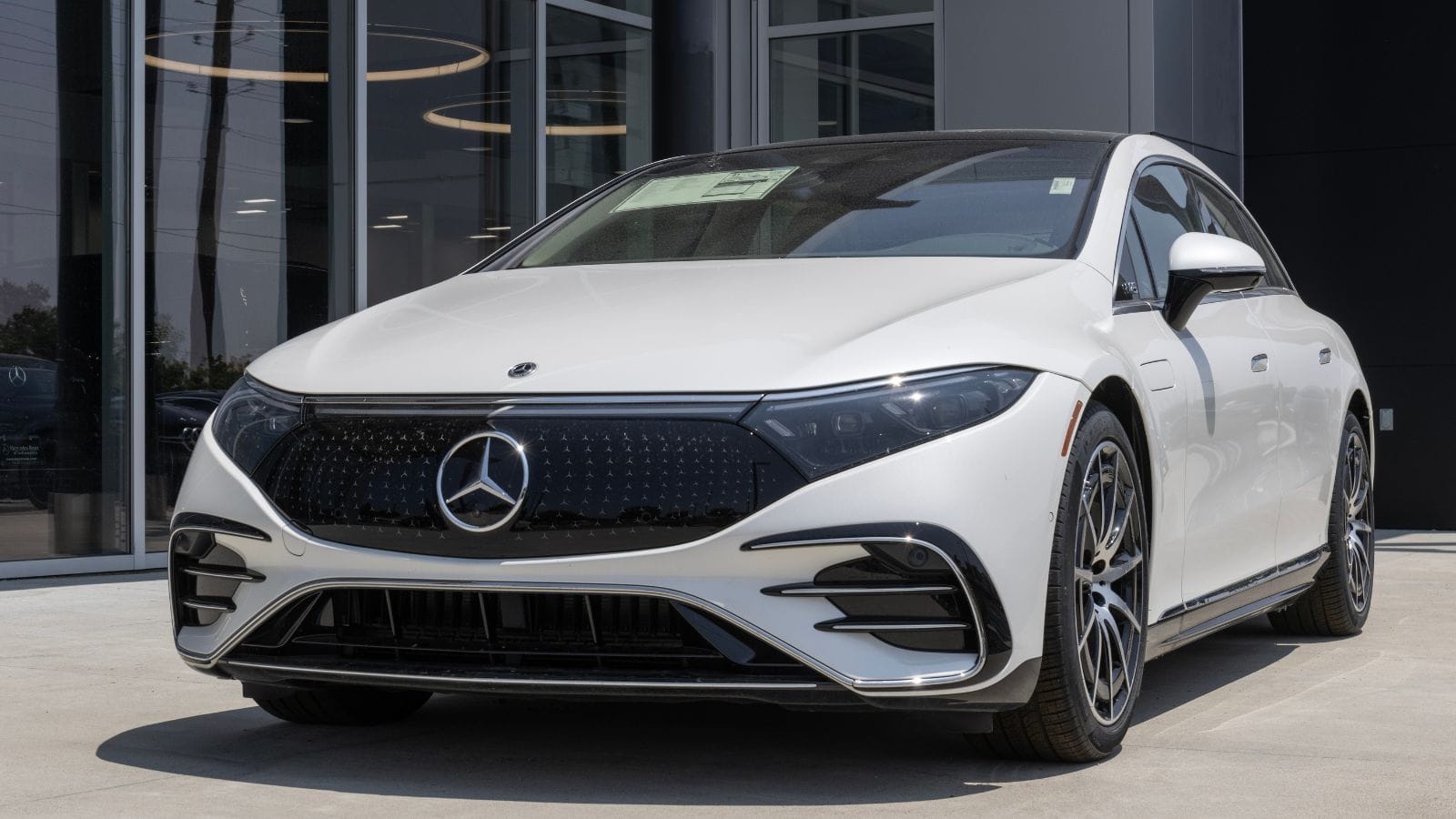
Tesla’s minimalist interiors and occasional build quality issues have been tolerated by fans who valued the software and performance. But luxury buyers are harder to please, and this is where Mercedes Benz and BMW have surged ahead. Cars like the Mercedes EQS and BMW i7 offer opulent cabins with cutting edge tech, smoother rides, and craftsmanship that Tesla simply does not match. Their ranges are competitive, and their charging speeds are improving quickly. For buyers in the luxury segment, Tesla is no longer the automatic choice. Many now see German rivals as offering a more complete premium EV experience.
Lucid: Taking the Range Crown
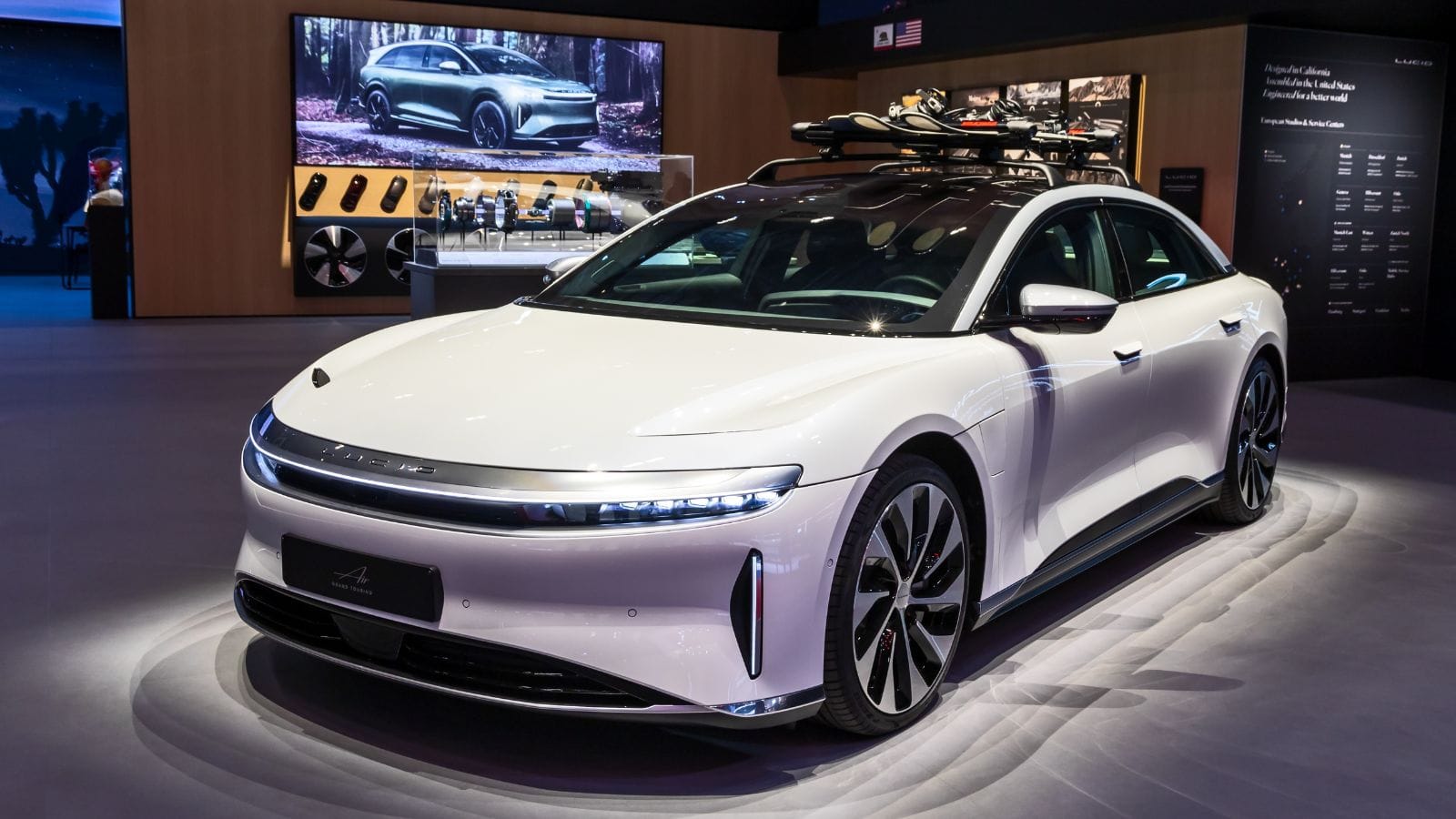
For years, Tesla’s greatest bragging right was range. It offered 300 to 400 miles when rivals barely reached 200. But now Lucid Motors has stepped in with the Air sedan, which boasts over 500 miles of range in certain trims. Lucid has not only matched Tesla’s efficiency but exceeded it, setting new benchmarks in battery management and aerodynamics. This move proves that Tesla’s once untouchable advantage in range is vulnerable.
Charging Networks: Tesla’s Lead Under Pressure
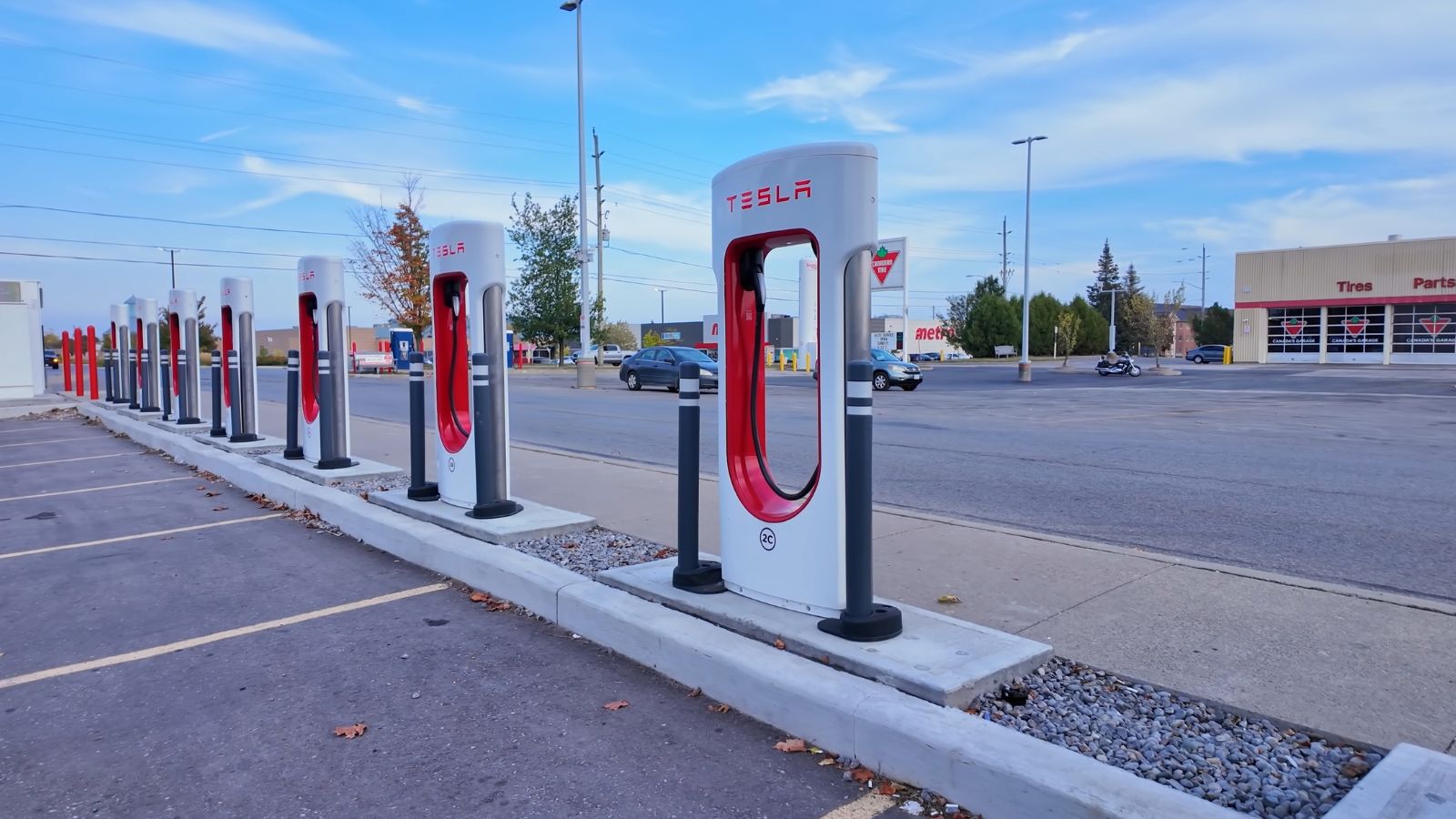
Tesla still has the best fast charging network in North America, and that cannot be ignored. Its Superchargers are reliable, well maintained, and widely available. This remains a major advantage for Tesla drivers, but even here the lead is shrinking. By opening up part of its network to other brands, Tesla is losing its exclusivity. Meanwhile, charging consortiums and government backed initiatives are rapidly expanding networks for all EVs. Within a few years, Tesla’s once dominant infrastructure could become just one option among many.
Software and Over the Air Updates

Tesla’s software has long been its secret weapon. Features like Autopilot and the constant improvements via over the air updates kept cars feeling modern even years after purchase. However, rivals have caught on. Ford, Volkswagen, Hyundai, and even legacy luxury brands now offer software updates that improve functionality and fix issues remotely. While Tesla still has an edge in interface simplicity, it is no longer the only player in this space.
The Risk of Standing Still

Tesla’s biggest challenge may not be the competition—it may be itself. Its lineup is beginning to feel dated. The Model S and Model X have seen only incremental updates, and even the Model 3 and Model Y, though strong sellers, are no longer the freshest designs on the road. Meanwhile, competitors are launching new EVs in almost every segment, from compact crossovers to luxury sedans and trucks. Tesla still commands attention, but standing still while others innovate is a dangerous game.
Is Tesla Still Setting the Bar?
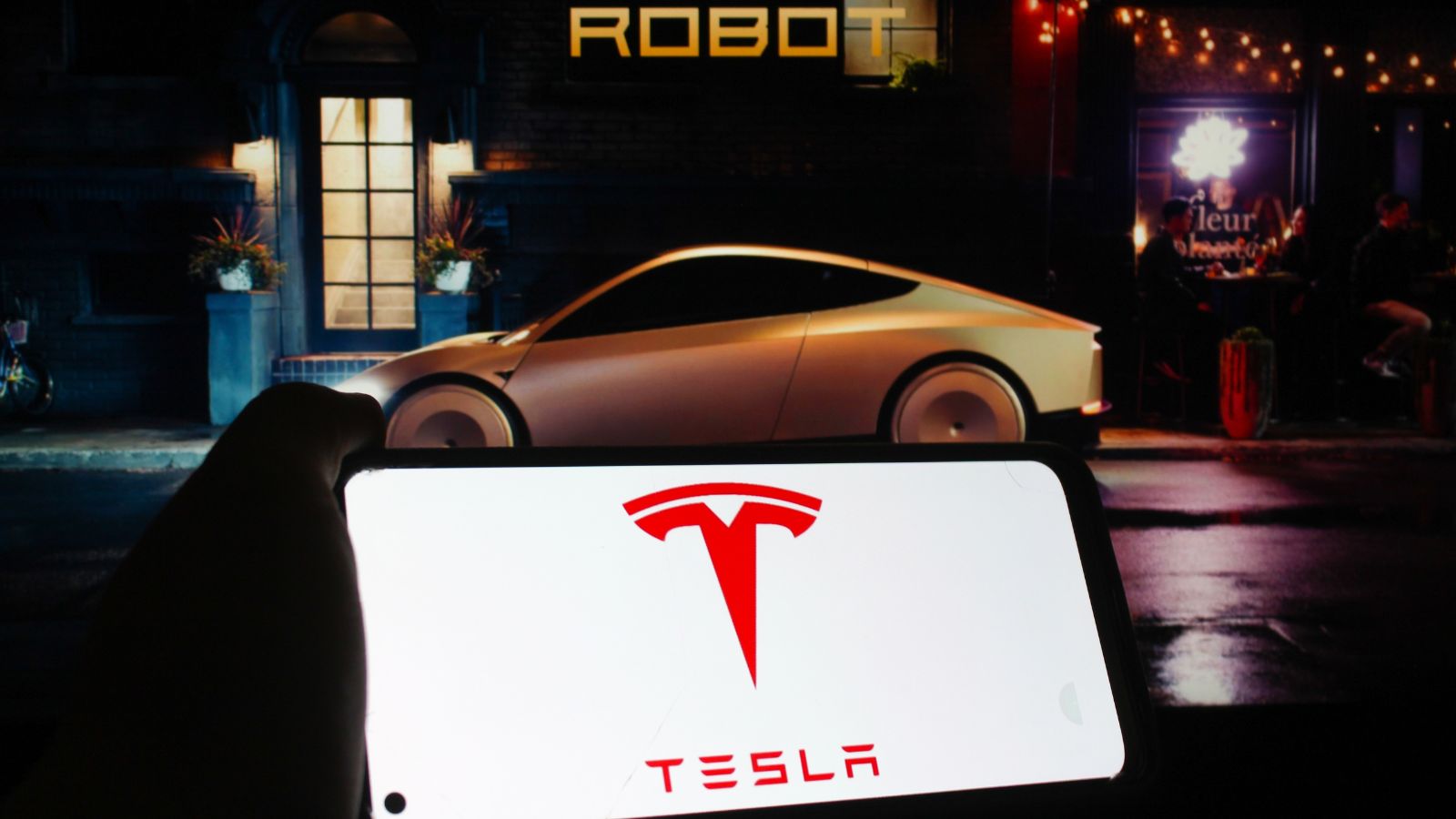
Tesla forced the automotive world to move faster toward electrification, and for that it deserves credit. But in 2025, Tesla is not the only company setting the pace. Hyundai, Kia, Ford, Mercedes, BMW, and Lucid are all raising the standard in design, range, luxury, and practicality. Tesla still excels in areas like charging convenience and brand recognition, but the monopoly it once enjoyed is gone. For consumers, this is the best possible outcome. More competition means better EVs across the board. The bar has not just been set by Tesla anymore—it is being raised collectively by an industry determined to prove it can match or even beat the pioneer.
25 Facts About Car Loans That Most Drivers Don’t Realize

Car loans are one of the most common ways people fund car purchases. Like any other kind of loan, car loans can have certain features that can be regarded as an advantage or a disadvantage to the borrower. Understanding all essential facts about car loans and how they work to ensure that you get the best deal for your financial situation is essential. Here are 25 shocking facts about car loans that most drivers don’t realize:
25 Facts About Car Loans That Most Drivers Don’t Realize
